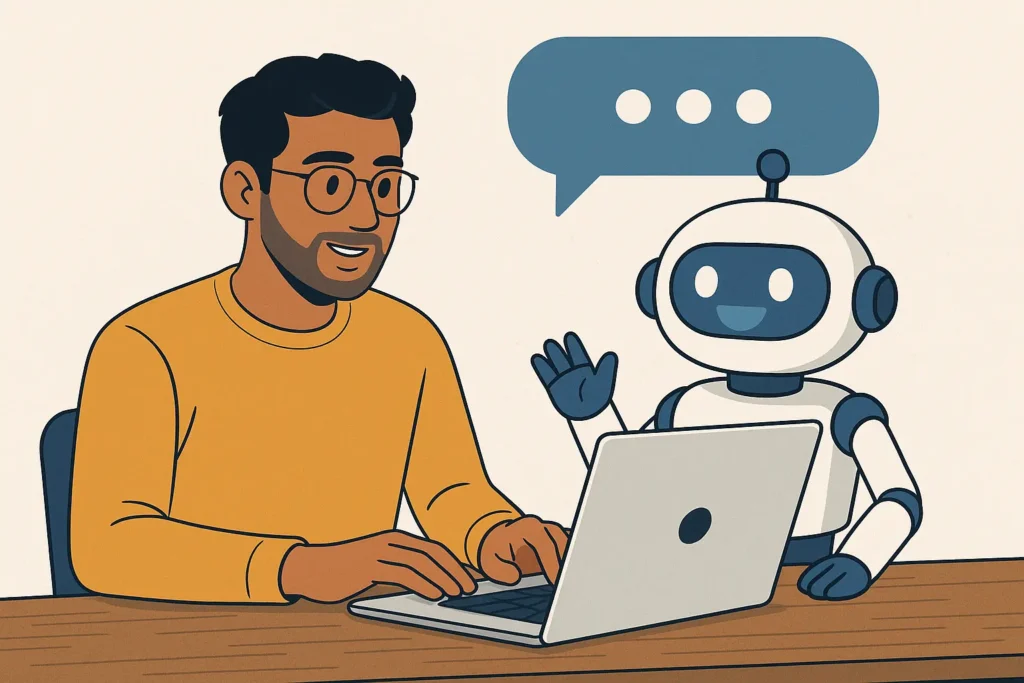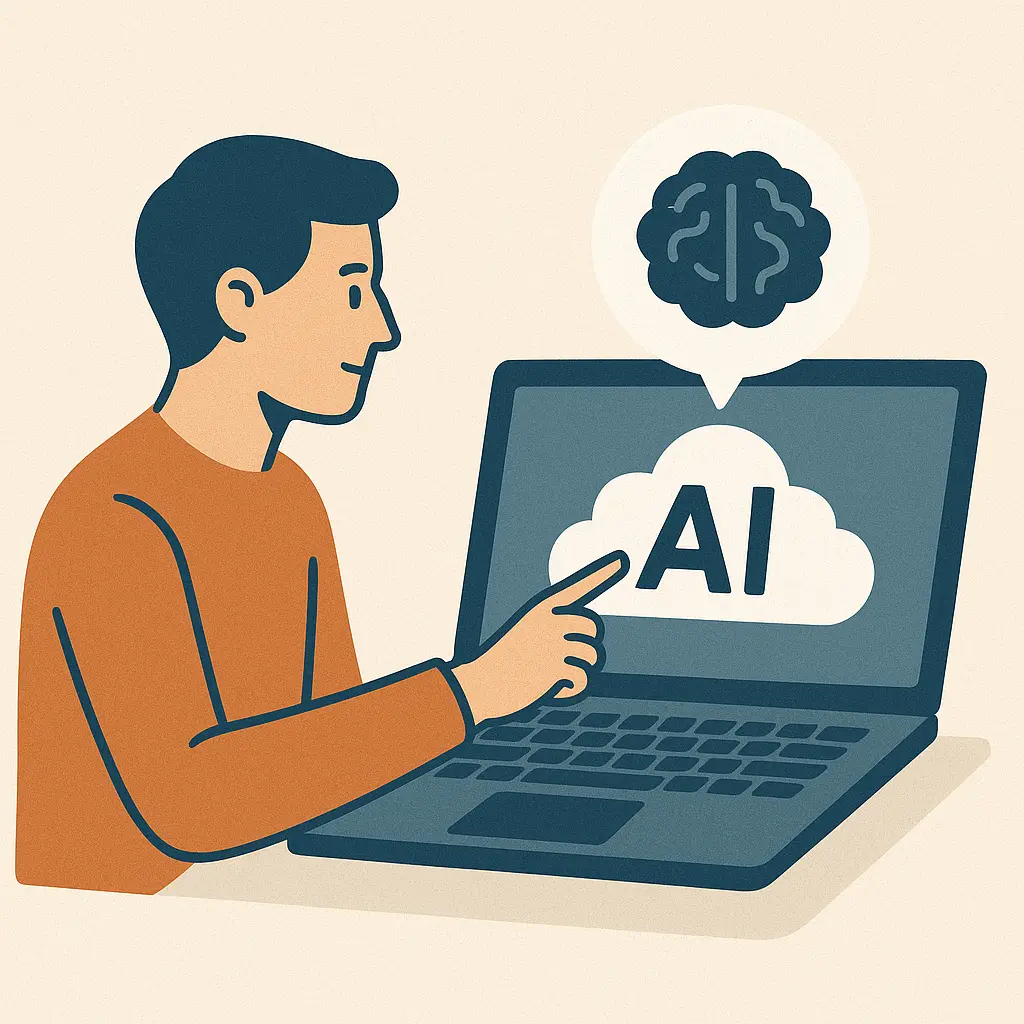digital-services

June 24,2025 • 6 min read
Mobile App Features 2025 Checklist: Build Smarter, Faster, Better

Mobile App Features 2025 Checklist: Build Smarter, Faster, Better
By Junaid Imdad, Blogger & Digital Experience Strategist
Remember when just having a mobile app was enough to stand out? Those days are long gone.
Welcome to 2025, a time when users not only expect your app to function smoothly but also to wow them with innovation, speed, and personalization. If you're in the business of creating or optimizing apps, it's no longer about ticking off a checklist of features. It's about truly understanding what users want and delivering it in a way that feels natural, useful, and even delightful.
As someone who's been writing about digital strategy and user experience for the past five years, I’ve had the chance to observe how app trends shift and how user expectations evolve with them. In this blog, we’ll explore the top mobile app features users now expect as the bare minimum in 2025.
Let’s get into it.
1. Hyper-Personalization: Not Just Their Name Anymore
A simple “Hi, Sarah!” no longer cuts it.
In 2025, users expect their apps to feel like they were designed just for them. That means personalization based on:
- Browsing behavior
- Purchase history
- Geo-location
- Time of day
- Even mood (yes, some apps detect this via AI or past behavior patterns)
Example: A fitness app that switches its interface to dark mode for evening workouts and recommends calm music when it senses low energy based on usage patterns.
The tech to do this AI, machine learning, and behavioral analytics is now more accessible than ever. If your app still treats all users the same, you're already behind.

2. Voice and Gesture Control
With the rise of voice assistants like Alexa, Siri, and Google Assistant, users have become accustomed to talking to their devices and they expect your app to listen, too.
Voice search, voice navigation, and even gesture-based interactions (especially in AR/VR apps) are becoming standard.
Real-world use case: A food delivery app that lets users reorder a meal by saying “Order my last Friday dinner” or allows them to scroll menus with a hand wave in smart glasses.
This isn’t sci-fi anymore, it’s becoming expected.
3. Frictionless Payments and Digital Wallets
In 2025, we’re almost cashless. Most users want to complete purchases with:
- A fingerprint
- A face scan
- A single tap using Apple Pay, Google Pay, or regional digital wallets
If your checkout process is still asking people to manually enter card details or mailing addresses, expect major drop-offs.
Bonus expectation: Buy Now, Pay Later (BNPL) options like Klarna and Afterpay have moved into app ecosystems. Giving users more control over how they pay is part of a better user experience.
4. Offline Functionality
Believe it or not, internet access isn’t always guaranteed. Smart apps in 2025 account for poor connections or no connection at all.
Whether it's a travel app saving boarding passes offline or a productivity tool allowing users to draft notes without Wi-Fi, offline access adds serious value.
Your app doesn’t have to be fully functional without the internet but it should work enough to keep users productive and stress-free when the signal drops.
5. AI-Powered Customer Support (That Feels Human)
Chatbots are everywhere but 2025 users don’t want robotic responses or endless loops of “Let me connect you to someone.”
They want instant help that’s smart and feels like talking to a real person. Thanks to GPT-style AI and improved NLP (Natural Language Processing), it’s possible to build customer support features that are fast, intelligent, and empathetic.
Pro tip: Let the AI handle common queries, but make escalation to a human support agent seamless. No one wants to “press 5” to talk to someone anymore.

6. Eco-Friendly & Battery-Efficient Design
Sustainability is a serious concern for 2025 users.
They’re paying attention to which apps drain battery life, use excessive data, or force unnecessary background activity. App stores now even highlight which apps are power-efficient or carbon-conscious.
Developers are optimizing:
- Battery use
- CPU cycles
- Dark mode (not just aesthetic, it actually saves battery on OLED screens)
Sustainability isn’t just good PR; it’s a feature.
7. Built-In Privacy and Data Transparency
After years of scandals and overreach, today’s users are more privacy-aware than ever.
Apps in 2025 must:
- Clearly explain what data is being collected and why
- Offer easy opt-outs or customization of permissions
- Avoid tracking without consent
Users appreciate apps that offer control dashboards, where they can see all permissions and data access in one place.
Trust has become a feature and it directly affects retention.
8. Real-Time Sync Across Devices
Whether it's continuing a task from smartphone to tablet to desktop or syncing data instantly across platforms, users expect uninterrupted, real-time access.
A to-do app that doesn’t sync instantly across devices? Forget it.
In 2025, cross-device syncing is table stakes, not a luxury.
9. Micro-Interactions and Delightful UX
Today’s users don’t just want apps to work they want them to feel good to use.
Subtle animations, satisfying haptics, quick feedback when they tap something, these tiny details add up. Micro-interactions now serve to:
- Guide users
- Reward actions
- Communicate system status (like a swipe to refresh animation)
Apps that feel clunky or flat are increasingly abandoned for ones that feel alive and polished.
10. AR Capabilities and Immersive Design
Augmented reality (AR) is no longer reserved for gaming. In 2025, it’s part of:
- Virtual try-ons for fashion or makeup
- AR furniture placement
- Onboarding tutorials with 3D walkthroughs
Even if your app isn’t fully immersive, adding AR-lite features (like interactive overlays or filters) can elevate engagement and retention.
Final Thought: Building for Human Expectations
If there’s one theme that connects all of these features, it’s this: users expect their apps to understand and support them as humans.
They want apps that:
- Predict their needs
- Respect their privacy
- Save them time
- Provide value instantly
- Feel great to use
Apps are no longer tools they’re companions, assistants, even entertainment hubs. As a digital strategist, I’ve seen businesses win big simply by doubling down on UX and prioritizing what people truly need.
Want also info about UI/UX trends, click on it.

So if you're building or refining your mobile app in 2025, remember: features don’t just make your app better, they shape the emotional connection users have with your brand.
Have you noticed any of these features in your favorite apps recently? What features do you expect as a user? Share your thoughts in the comments or connect with me, I’d love to hear how your app experience has evolved.
Junaid Imdad, Blogger & Digital Experience Strategist
Let’s talk about apps and user experience on LinkedIn.
Dev IT City LTD. Details
User Profile
- Full name
- Dev IT City LTD.
- Email address
- info@devitcity.com
- Join Date
- 2024-07-28
- State
- City
- Pincode
- Address
- Follow us on Facebook
- Follow us on Twitter
- Website Name
- https://devitcity.com/
- Bio
- Established in 2022, Dev IT City Ltd. offers a comprehensive suite of digital solutions for businesses. We specialize in software development for mobile and web, along with various marketing services, including SEO, social media marketing, and graphic design. With a proven track record of success in the UAE, Malaysia, UK, USA, Philippines, Pakistan, India, Europe and other countries, Dev IT City Ltd. is your trusted partner for achieving digital success. We bridge the gap between marketing strategy and software development. Our team of passionate marketers and skilled developers work together to craft impactful digital experiences that drive results. We don't just talk success, we build it. Join us on this journey as we shape tomorrow's digital experiences, one breakthrough at a time.